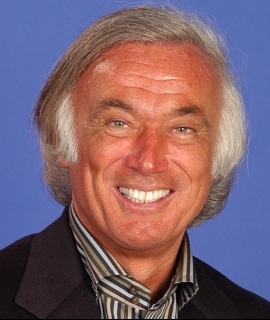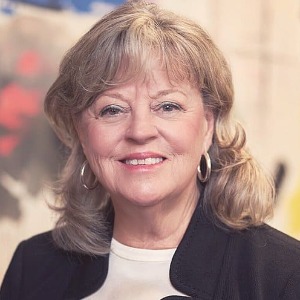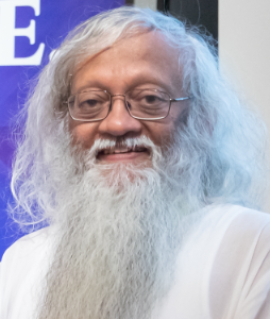10th Edition of International Conference on
Osteopathic Medicine
Osteopathic medicine is a type of alternative medicine that has been used for thousands of years, and it is still practiced today. Osteopathy is based on the belief that the body is composed of bones, muscles, nerves, and connective tissue and that any illness or injury affects the whole body in one way or another. It is sometimes referred to as "diagnosis and manipulation," as the practitioner will assess the patient from a holistic perspective, looking at the body as a whole, rather than at individual symptoms. Osteopathic medicine focuses on the diagnosis and treatment of musculoskeletal disorders, utilizing various manual techniques, including mobilization, stretching, massage, and soft tissue manipulation. It is believed that, by manipulating the body’s musculoskeletal system, it is possible to enhance the body’s own healing capacity. Osteopathic medicine is non-invasive and is based on the concept that the body has the ability to heal itself. When the body’s natural balance is disrupted, pain, reduced mobility, and other health problems can occur. Osteopathic treatments focus on restoring the body’s balance, in turn allowing it to return to its natural healing state. Osteopathic medicine also focuses on balancing the body’s vital energy, called Chi, and improving the patient’s overall well-being. Osteopathic medicine can treat a wide range of physical injuries and medical conditions, such as back pain and headaches, as well as improve overall physical performance. Overall, osteopathic medicine is a treatment approach that seeks to extend beyond the physical, improving the patient’s mental, emotional, and spiritual well-being. Osteopaths use a variety of techniques to restore harmony within the body and improve quality of life.

Kenneth R Pelletier
University of California School of Medicine, United States
Marilyn Allen
American Acupuncture Council, United States


